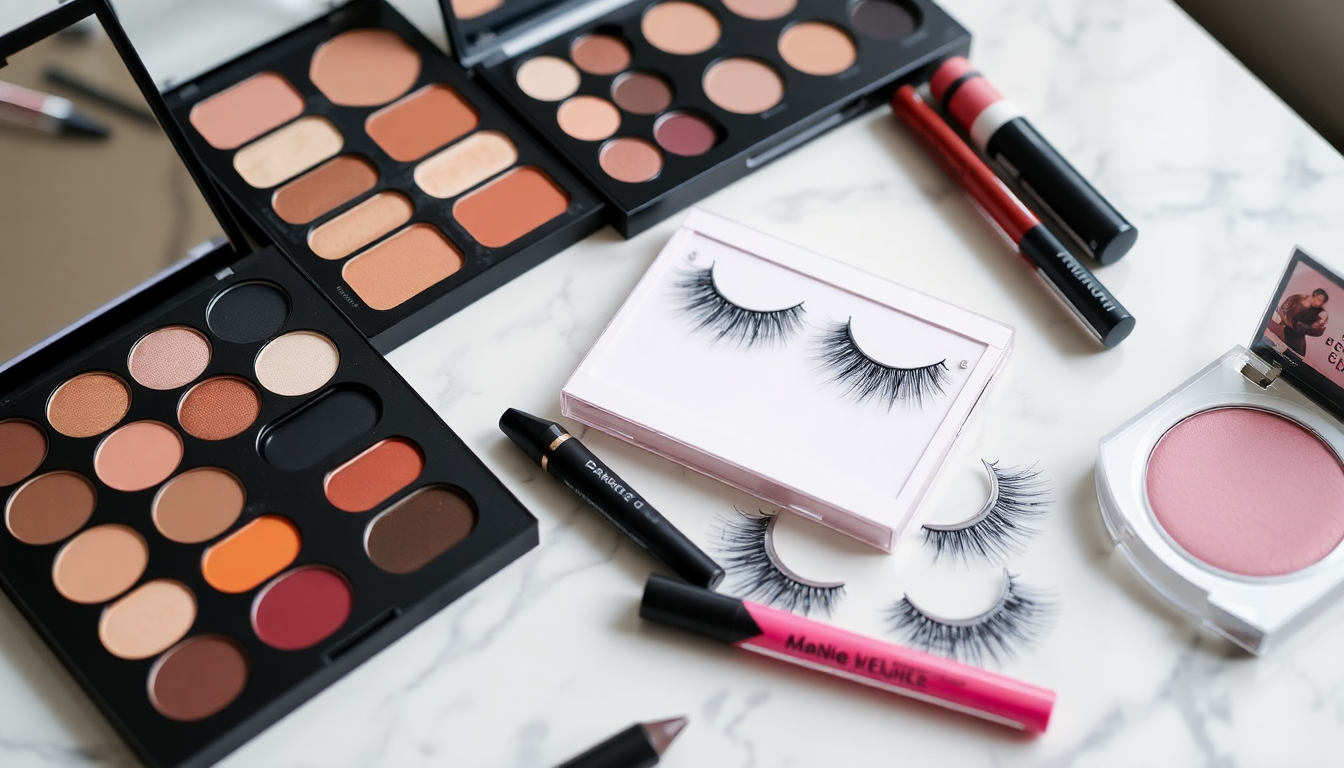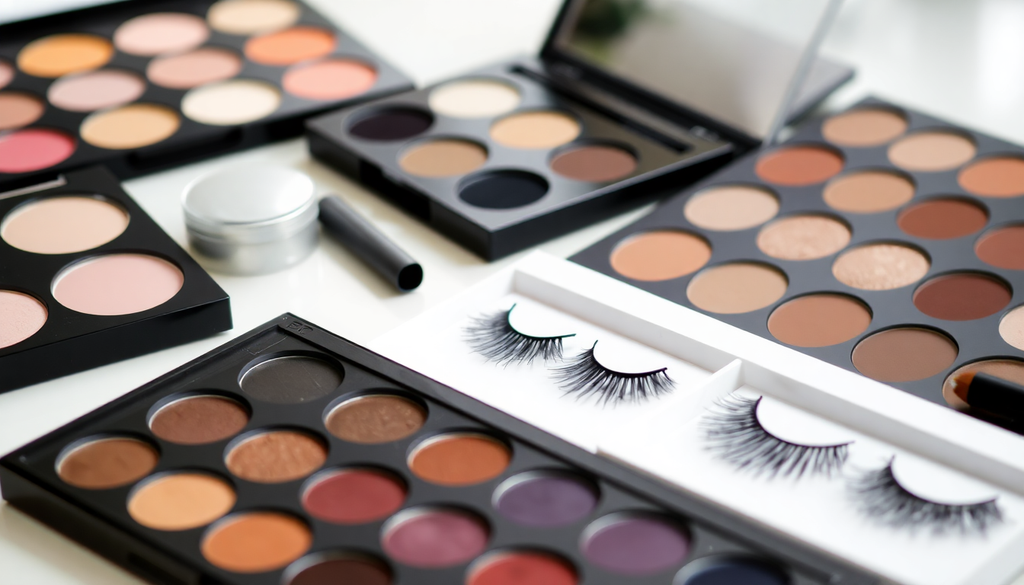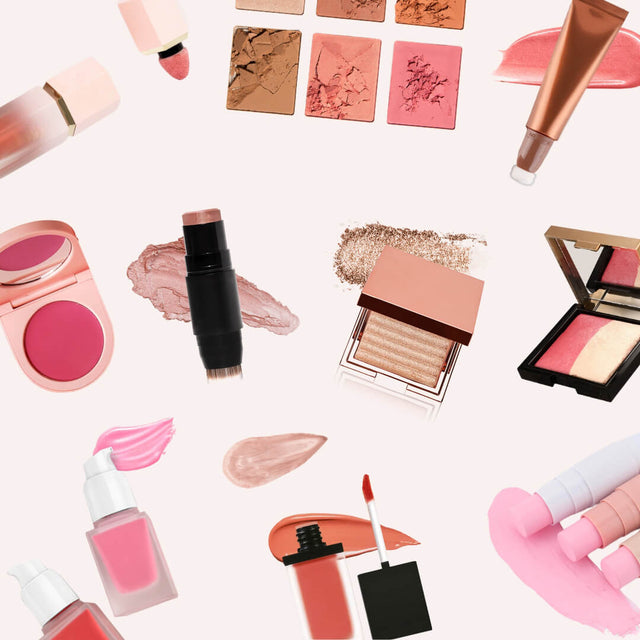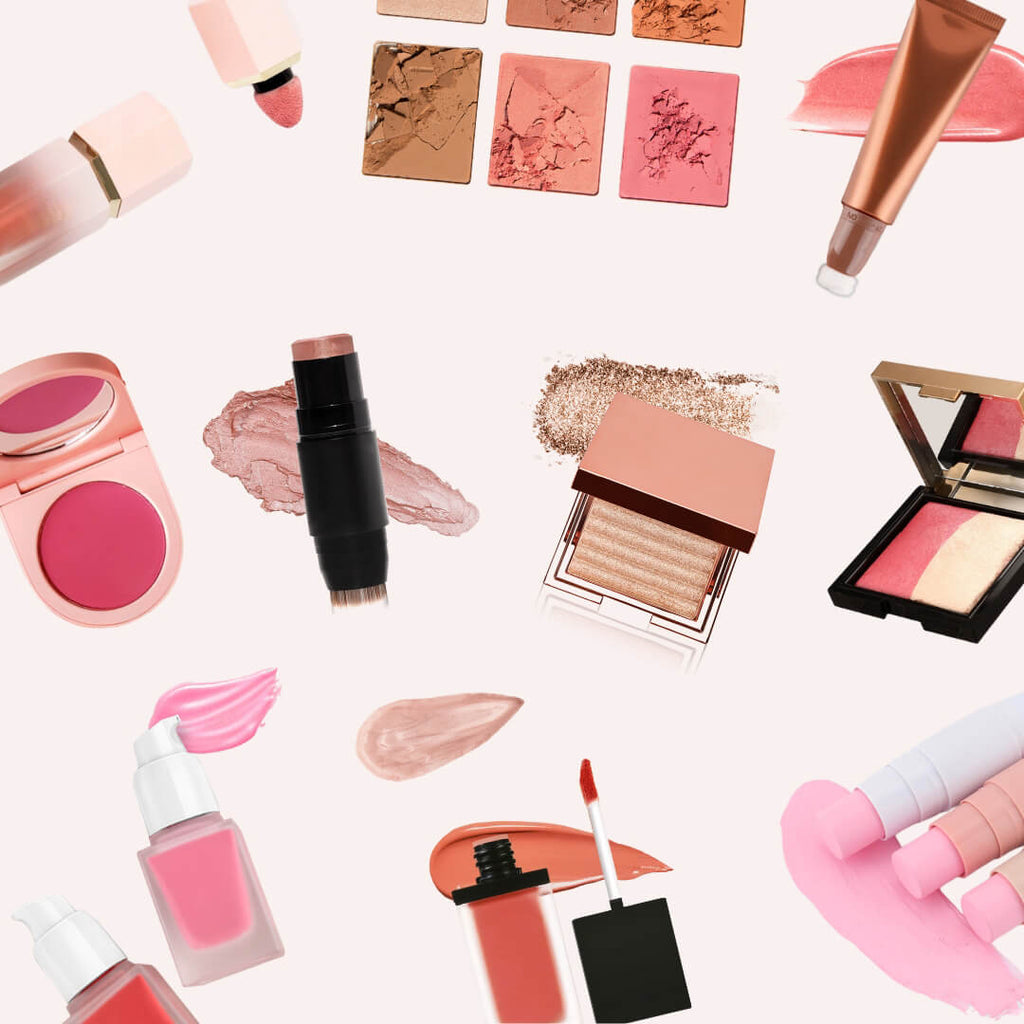
Navigating Global Markets in 2025: Step-by-Step Guide to Launching Your Makeup Brand with Private Label Eyeshadow Palettes and Magnetic Lashes
Introduction
Launching a makeup brand in 2025 presents an exciting opportunity in a booming industry that continues to evolve with consumer preferences and technological advancements. The demand for personalized beauty products, particularly private label eyeshadow palettes and magnetic lashes, is rising significantly. This comprehensive guide will provide you with essential steps to navigate global markets, understand regulations, and implement effective marketing strategies for a successful launch of your makeup brand.
Step 1: Market Research
The first step in launching your makeup brand is to conduct thorough market research. This process will help you identify your target audience, understand market trends, and analyze your competitors. Here’s how to approach market research:
- Identify Your Target Audience: Define who your ideal customers are based on demographics, preferences, and buying behavior. Consider factors such as age, gender, location, and lifestyle.
- Analyze Competitors: Research existing makeup brands within your niche. Identify their strengths, weaknesses, and unique selling propositions (USPs). Analyze their marketing strategies and customer engagement tactics.
- Explore Global Markets: Different regions have varying preferences for makeup products. Here’s a closer look at key markets:
- United States: The US market is known for its diverse beauty culture. Consumers are increasingly leaning towards cruelty-free and vegan products. Trendy colors, unique packaging, and influencer collaborations are vital for brand visibility.
- European Union: The EU is known for its stringent regulations regarding cosmetic ingredients and labeling. Focus on sustainability and eco-friendly materials, as these are increasingly important to consumers.
- Asia-Pacific: Fast-growing markets, particularly in countries like China and South Korea, prioritize K-beauty trends that emphasize innovation and customization. Unique formulations and trendy packaging are highly sought after.
- Middle East: The Middle East market is characterized by a demand for luxury products. Emphasizing opulence in branding and offering exclusive collections can help you capture this market.
Step 2: Understanding Cosmetic Regulations
Each market has specific regulations that must be adhered to in order to ensure compliance and avoid legal issues. Here are some key regulatory aspects to consider:
- Cosmetic Labeling: Ensure that your product labels meet local language requirements, ingredient listings, and any additional labeling mandates specific to the region.
- Import Policies: Research tariffs, import regulations, and customs requirements for cosmetics in your target countries. This will help you understand the costs and potential challenges of entering new markets.
- Certification: Some markets require safety assessments or certifications. For example, the EU mandates compliance with the Cosmetics Regulation (EC) No 1223/2009, which outlines safety assessments and product testing.
- Ingredient Restrictions: Be aware of banned or restricted ingredients in different markets. Products containing such ingredients cannot be sold in those regions.
Step 3: Sourcing Products
Partnering with reliable manufacturers is key to developing your product line. Here’s how to approach sourcing:
- Finding Manufacturers: Research potential manufacturers that specialize in private label cosmetics. Look for those with a proven track record, positive reviews, and compliance with industry standards.
- Quality Assurance: Ensure that your suppliers adhere to ethical practices and quality standards. Request samples of products to assess their quality before committing to larger orders.
- Customization Options: Consider manufacturers that offer customization options for your eyeshadow palettes and magnetic lashes. This allows you to create unique products that resonate with your target audience.
- Sustainability Practices: As consumer demand for sustainable products grows, partner with manufacturers that prioritize eco-friendly practices, such as using recyclable packaging and sustainable sourcing of materials.
Step 4: Setting Up Your Online Store
In today's digital age, having a robust online presence is essential for any makeup brand. Here’s a step-by-step guide to setting up your online store:
- Choose an E-commerce Platform: Select a user-friendly e-commerce platform that suits your needs. Popular options include Shopify, WooCommerce, and BigCommerce, each offering various features for online retail.
- Design Your Website: Create an attractive and user-friendly website that showcases your products effectively. Use high-quality images, engaging product descriptions, and a clean layout to enhance the shopping experience.
- Payment Gateway: Integrate a secure payment system to facilitate smooth transactions. Offer multiple payment options, including credit cards, PayPal, and digital wallets, to cater to different customer preferences.
- Shipping Solutions: Research and implement efficient shipping solutions to ensure timely delivery. Consider offering free shipping on orders over a certain amount to incentivize larger purchases.
- Mobile Optimization: Ensure that your website is mobile-friendly, as many consumers shop via their smartphones. A responsive design will enhance user experience across devices.
Step 5: Marketing Your Makeup Brand
Effective marketing strategies will help your brand stand out in a competitive market. Here are some essential marketing tactics to consider:
- Social Media Campaigns: Utilize platforms like Instagram, TikTok, and Pinterest to connect with beauty enthusiasts. Share visually appealing content, tutorials, and user-generated content. Collaborate with beauty influencers to broaden your reach and gain credibility.
- Email Marketing: Build a subscriber list through your website and social media channels. Send newsletters featuring promotions, product launches, and exclusive offers to keep your audience engaged.
- Content Creation: Start a blog or YouTube channel to share makeup tips, tutorials, and industry trends. Valuable content can establish your brand as an authority in the beauty space and drive organic traffic to your website.
- Search Engine Optimization (SEO): Optimize your website and content for search engines to improve visibility. Use relevant keywords related to your products and the makeup industry to attract potential customers.
- Paid Advertising: Consider investing in paid advertising campaigns on social media and search engines. Target specific demographics to reach your ideal customers effectively.
Step 6: Staying Ahead of Trends
The makeup industry is ever-evolving, and staying ahead of trends is crucial for long-term success. Here are some current trends to consider integrating into your brand:
- Clean Beauty: Consumers are increasingly seeking products with natural ingredients and minimal synthetic additives. Highlighting the clean and safe aspects of your products can attract health-conscious customers.
- Augmented Reality: Incorporate AR technology into your online store to allow customers to virtually try on products. This innovative approach can enhance the shopping experience and reduce return rates.
- Personalization: Offer customizable options for palettes and lashes to cater to individual customer preferences. Personalized products resonate more with consumers, leading to higher satisfaction and loyalty.
- Inclusivity: Emphasize inclusivity in your product range by offering a diverse selection of shades and formulations that cater to various skin tones and types.
- Subscription Services: Consider offering subscription boxes that allow customers to receive curated products regularly. This model can create a steady revenue stream and enhance customer retention.
Step 7: Building Brand Loyalty
Once your brand is established, focus on building loyalty among your customers:
- Customer Engagement: Foster a sense of community by engaging with your customers through social media, responding to comments, and asking for feedback.
- Loyalty Programs: Implement a loyalty program that rewards repeat customers with discounts, exclusive access to new products, or special promotions.
- Exceptional Customer Service: Provide outstanding customer service to address inquiries and resolve issues promptly. A positive experience can lead to word-of-mouth referrals.
Conclusion
Launching your makeup brand in 2025 involves careful planning, strategic execution, and an understanding of the global beauty landscape. By conducting thorough market research, adhering to regulations, and staying ahead of trends, you can create a successful brand that resonates with customers worldwide. Embrace the exciting possibilities that the makeup industry has to offer, and get ready to make your mark! With dedication and creativity, your brand can thrive in this dynamic and ever-changing market.
Delen

Unlocking Global Makeup Markets in 2025: Essential Insights for Launching Your Private Label Brand from Magnetic Lashes to Custom Eyeshadow Palettes Across Major Regions



